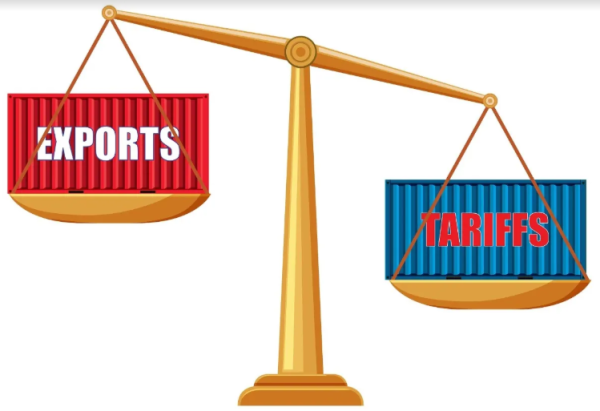Robots: The Future of Labor?

Robots working in a Tesla factory. Credit: Mason Trinca | The Washington Post | Getty Images
December 1, 2021
Whether or not the nadir of the COVID-19 pandemic is over, labor shortages persist. Meanwhile, the trend of increasing automation in all facets of industry has continued. And recently, companies have been using the latter to solve the former, ordering robots in bulk to automate labor.
The automation of jobs by robots has been going on for decades, especially in the automotive industry. Robots were quickly adopted there, because they were suited for repetitive tasks that would be dangerous for humans. Along with the creation of smaller and smaller computers, the machines used in production lines could eventually be programmed to follow certain steps, while the development of artificial intelligence could allow robots to take more abstract instructions.
The innovations in machines, computers, and artificial intelligence have opened up a world of automation outside the automotive industry. The industries that can currently benefit from automation range from manufacturing and transportation to defense, utilities, and many more. For example, the healthcare industry has found a use with the introduction of surgical robots, which can be controlled for precise movements. Unmanned drones can be used both for warfare and for helping with disaster response.
As the labor shortage from the pandemic continues, employers have been ordering large amounts of new robots to fill in for their human employees. According to the Association for Advancing Automation, over the second fiscal quarter of 2021, metal producers, pharmaceutical and biomedical companies, and consumer goods companies, to list a few, ordered many more robots than in the second fiscal quarter of 2020, with orders from metal companies growing by 99%, In total, companies placed 67% more orders than in the second quarter of 2020.
Automation has had a major effect on workers in jobs that require less skill. Machines and artificial intelligence are constantly advancing; AI can now be assigned to tasks like taking inventory in a store, as well as servicing customers in a drive-through and operating a toll booth. These machines, free from the need for benefits, vacation days, or even regular paychecks, are certainly preferable to workers for employers. This is forcing workers to become more skilled so that they can get employed in occupations that are less easily automated. The automation of jobs is a process that could have progressed even without the pandemic and its economic consequences, but was nonetheless significantly accelerated by it, because it has encouraged employers to make the monumental transition from humans to machines, and from natural intelligence to artificial intelligence.
How far will this trend go in the future? In 2017, the McKinsey Global Institute estimated that 37 million U.S. people’s jobs would be replaced due to automation, but that number increased to 45 million by February of 2021. They reported that “in about 60 percent of occupations, at least one-third of the constituent activities could be automated, implying substantial workplace transformations and changes for all workers.” However, they emphasized that this figure only considered the technical plausibility of such a shift, rather than its economic plausibility, and that it was possible for the advancement of technology to indirectly create new jobs, such as in the development and deployment of new technology.
With current technology, not all forms of work can be fully automated. But as technology becomes more powerful, the work that is currently only possible for humans may become possible for our creations of code and metal.









